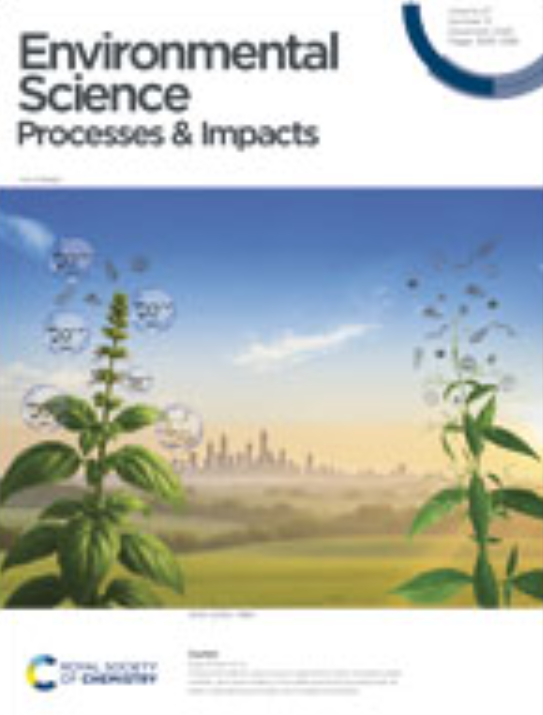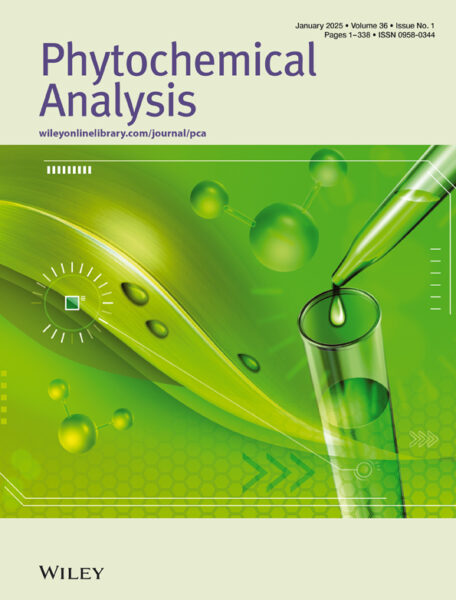Abstract
Cannabis plants are susceptible to microbial contamination, including fungi capable of producing harmful mycotoxins. The presence of these toxins in cannabis products poses serious health risks, especially when used for medical purposes in immunocompromised people. This study evaluated the presence of fungi and mycotoxins in dried cannabis buds following gamma irradiation, using culture-based techniques, PCR/qPCR, and ELISA. Irradiation significantly reduced fungal and bacterial loads, eliminating culturable bacteria but did not achieve complete sterilization. Viable spores of toxigenic fungal genera, such as Aspergillus, Penicillium, and Fusarium, persisted. Sequencing of ITS amplicons revealed dominant mycotoxigenic fungi in non-irradiated (NR), irradiated (IR) and licensed producer (LP) samples, while next-generation sequencing (NGS) revealed additional non-culturable toxigenic species. PCR/qPCR detected biosynthetic genes for aflatoxins, trichothecenes, ochratoxins, and deoxynivalenol across all samples, with gene copy numbers remaining stable post-irradiation, suggesting DNA damage without full degradation. ELISA confirmed aflatoxin, ochratoxin, DON, and T2 toxins in both IR and LP samples at variable concentrations. While LP samples showed lower microbial counts and gene abundance, residual DNA and toxins were still detected. Our study shows that while irradiation decreases microbial loads, it does not completely remove toxigenic fungi or their metabolites. Ensuring the safety of cannabis products necessitates a multifaceted assessment that incorporates cultural, molecular, and immunological techniques, in parallel with more stringent microbial standards during production stage.




